Astronomy
-
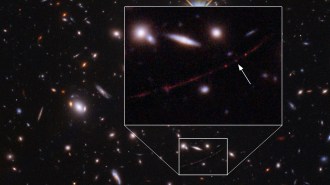 Astronomy
AstronomyA star nicknamed ‘Earendel’ may be the most distant yet seen
Analyzing Hubble Space Telescope images revealed a star whose light originates from about 12.9 billion light-years away, researchers say.
By Liz Kruesi -
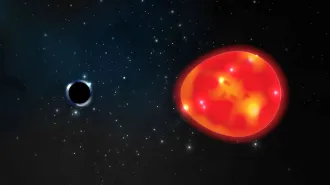 Space
SpaceBinary stars keep masquerading as black holes
The drive to find black holes in ever-larger astronomy datasets is leading some researchers astray.
By Liz Kruesi -
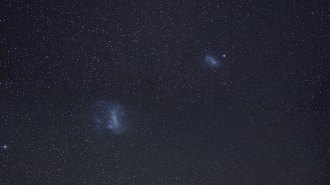 Astronomy
AstronomyWhen the Magellanic Clouds cozy up to each other, stars are born
The Magellanic Clouds, the two closest star-making galaxies to the Milky Way, owe much of their stellar creativity to each other.
By Ken Croswell -
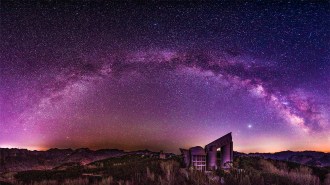 Astronomy
AstronomyHere’s the best timeline yet for the Milky Way’s big events
A new study puts more precise dates on when the Milky Way formed its thick disk and collided with a neighboring galaxy.
By Ken Croswell -
 Physics
PhysicsLevitating plastic beads mimic the physics of spinning asteroids
"Tabletop asteroids," buoyed by sound waves, hint at why some loosely bound space rocks have odd shapes and can’t spin too quickly.
-
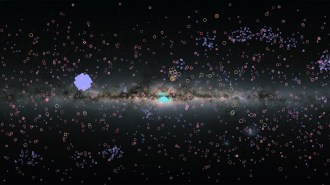 Astronomy
AstronomyNASA’s exoplanet count surges past 5,000
With a new batch of 60 confirmed exoplanets, the number of known worlds in our galaxy reaches another milestone.
By Liz Kruesi -
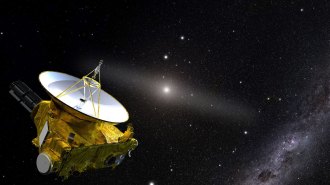 Astronomy
AstronomyThe universe’s background starlight is twice as bright as expected
Images from the New Horizons spacecraft suggest that light from all known galaxies accounts for only half of the cosmos’ visible background glow.
By Liz Kruesi -
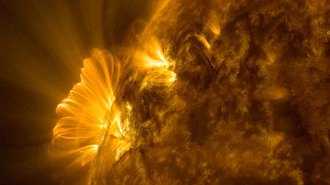 Astronomy
AstronomySome of the sun’s iconic coronal loops may be illusions
Folds in the plasma that streams from the sun might trick the eye into seeing the well-defined arches, computer simulations of the solar atmosphere show.
-
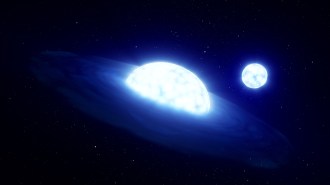 Astronomy
AstronomyEarth’s purported ‘nearest black hole’ isn’t a black hole
A disputed multiple-star system doesn’t have a black hole, as once reported, but is actually a missing piece in binary star evolution.
By Liz Kruesi -
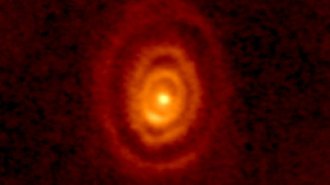 Astronomy
AstronomyA new image captures enormous gas rings encircling an aging red star
The rings, seen for the first time, provide insight into how giant stars lose mass and seed the cosmos with elements.
By Ken Croswell -
 Astronomy
AstronomyAstronomers may not have found a sign of the universe’s first stars after all
A new study of radio waves from early in the universe’s history finds no hint of the “cosmic dawn” claimed by an earlier study.
-
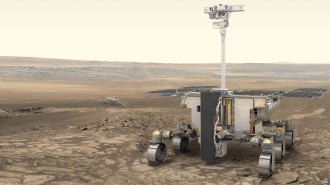 Space
SpaceHow Russia’s war in Ukraine hinders space research and exploration
A Mars rover, an X-ray telescope and several low-Earth satellites are at risk in response to international sanctions on Russia.
By Liz Kruesi